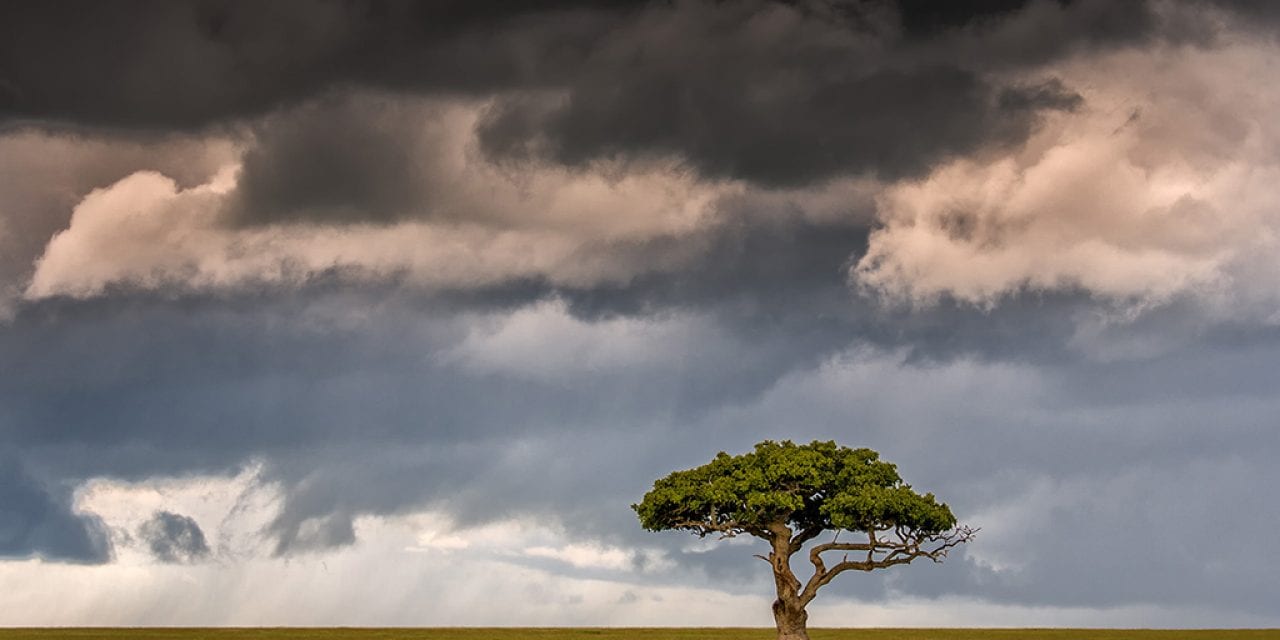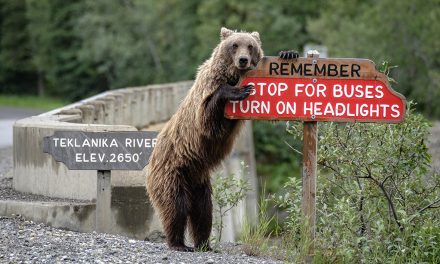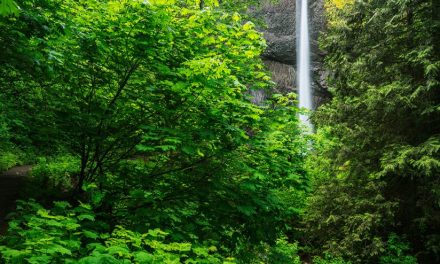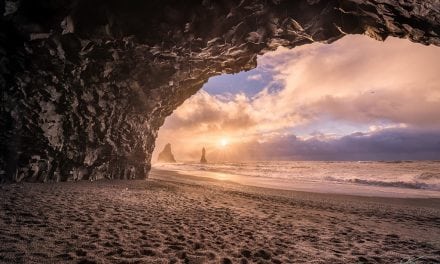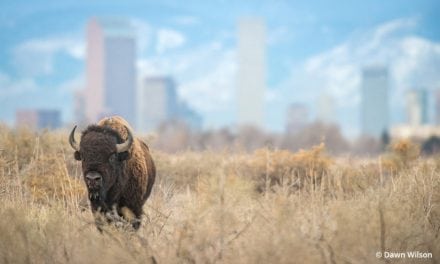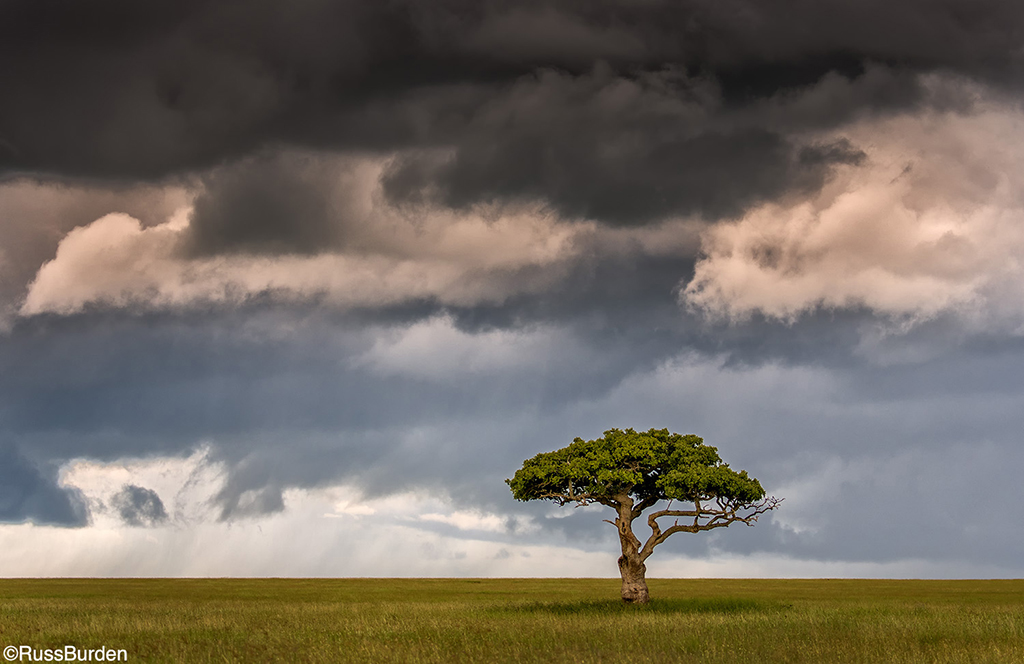
C = Composition
O = Open Up
M = Macro
P = Preview
E = Exposure
L = Light
The more dialed in you are to your subject, the more you’ll do to make the perfect photo. As with anything else, when there’s a connection, feelings and emotions run strong. If you’re a pet owner, the unconditional love you have for it is beyond words. When that little four-legged puppy rips out the linoleum in the corner of your kitchen, it’s as if an aura of forgiveness floats above your head as you look down and smile at him and go on with getting it repaired. Photographers are the same: if a roadblock impedes us from getting the photo, we go back again and again because determination and persistence reign supreme when the subject is compelling and it’s one we long to capture.
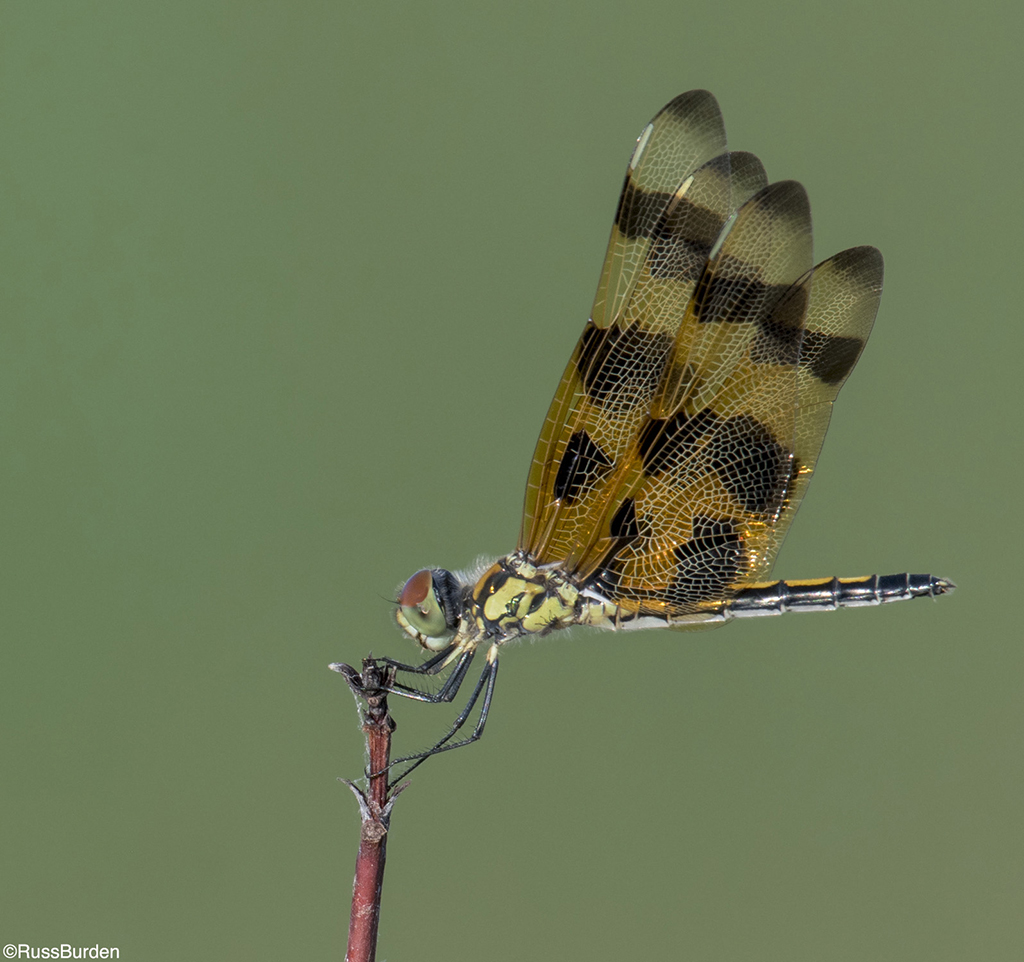
Every time a shutter is pressed, a conscious decision motivates the holder of the camera to make the image. It compels the photographer to click. It may be a spontaneous snapshot of a friend, majestic light on a grand scenic, a funny expression of a wildlife subject or the backlight behind a flower that lures the photographer into the subject’s world prompting the creation of the image. The magic of the moment compels the photographer to raise the camera to eye level. What’s encountered charms him with intrigue. Let’s take a look at what needs to be done when a subject does compel the photographer to create a photo.
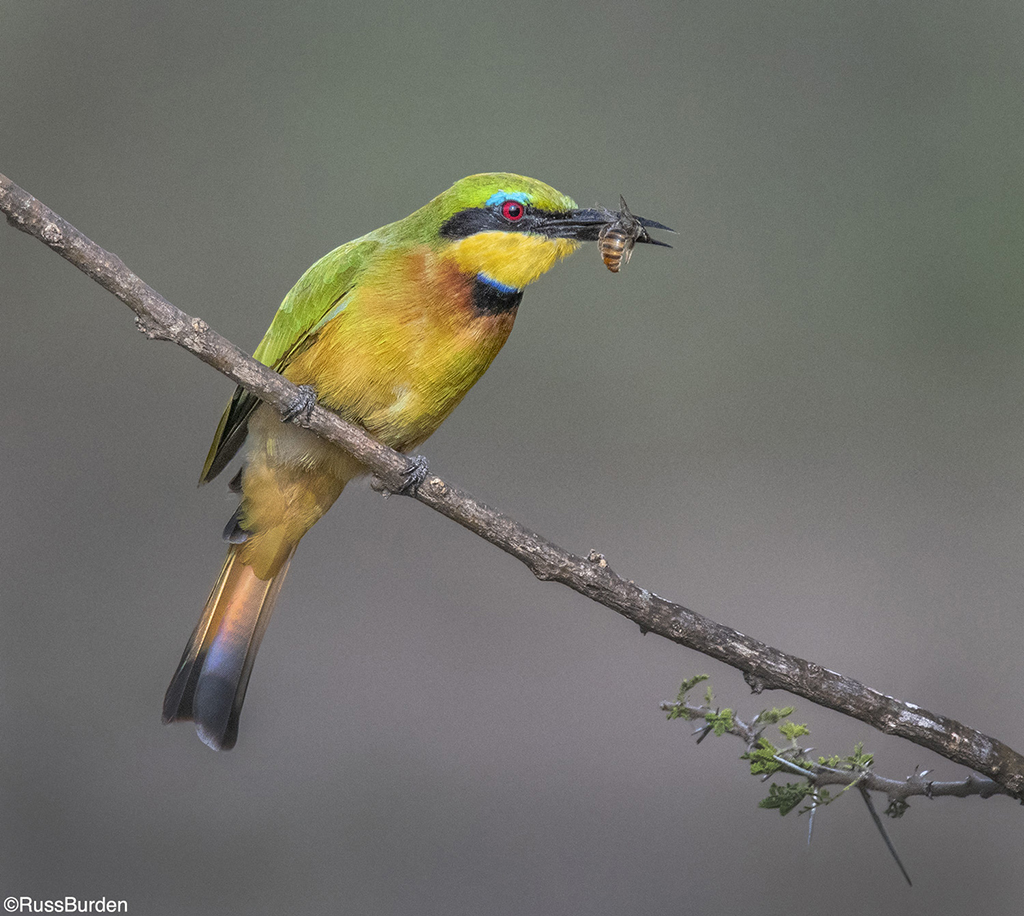
Composition
Many photographers I know consciously create a composition as the camera is raised to their eye. Before the viewfinder and eye become one, the placement of elements is already made. Sometimes it’s the best and sometimes it gets massaged. Either way, be sure there’s balance in the composition. Don’t let the “weight” fall too much on one side. If there’s a key element on the right, balance it with another important element on the left. Use the rule of thirds to place the main subject. Whether it’s a vertical or horizontal composition, use the imaginary tic-tac-toe grid inside the viewfinder to place key subjects. Make sure the background is clean and eliminate distracting hot spots. Get compelled by composition.
Open Up
The category of subjects that compels me the most is wildlife. I started off making scenics but switched gears because of the challenge. I can’t tell you how many gorgeous light days I’ve experienced but no animals were around. This is what keeps me going back for more. Throughout the years, I made many wildlife photos and most were made with a wide-open aperture. The wider the opening, the less depth of field. The less depth of field, the more the subject stands out from the background. As long as the chosen aperture covers the range of focus on the animal, all is good regarding the background. No clutter, no distractions, no branches or ugly grasses behind the subject—just a beautiful wash of color that allows the main character to pop off the page. Get compelled and open up.
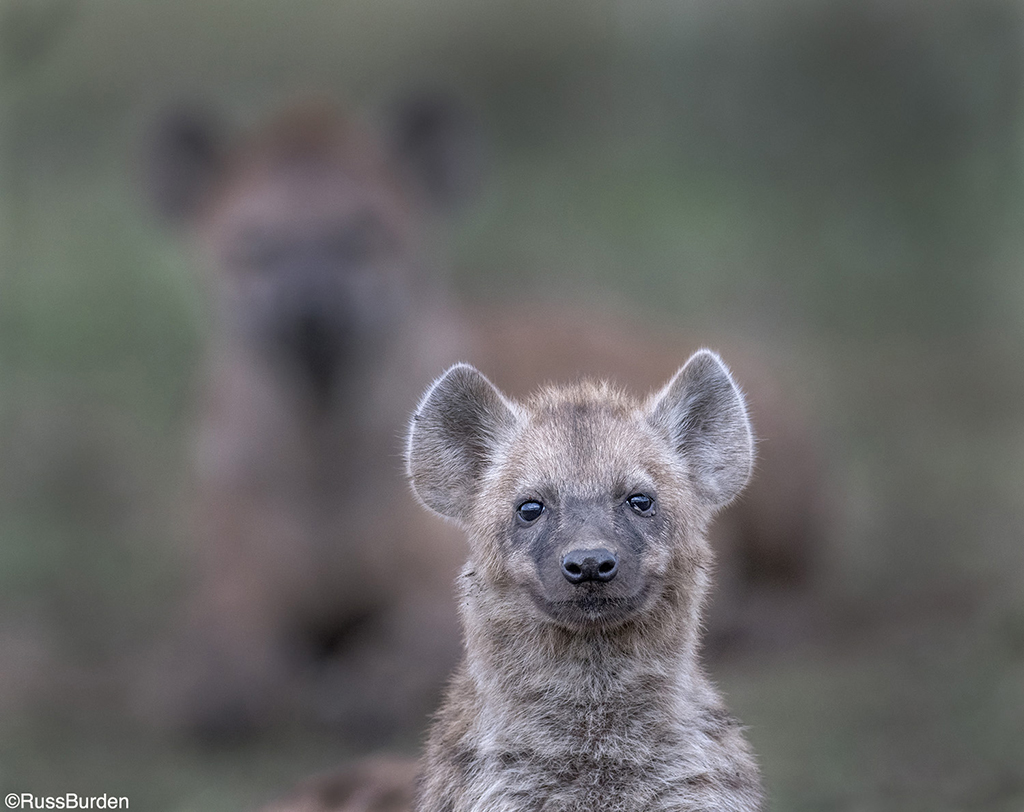
Macro
Just because a wildlife subject is small doesn’t mean it should be discounted. As a matter of fact, macro photography is an art unto itself. The challenges in working with very small subjects are often more difficult to overcome than working with large safari subjects. Specialized light, the proximity of the subject, depth of field and special lenses are all aspects that need to be addressed to make a successful macro photo. The same rules of light and composition apply to macro photography. Rule of thirds, the background is equally as important as the subject, even or dramatic light, the balance of the main elements and more have to be taken into consideration. Get compelled with macro.
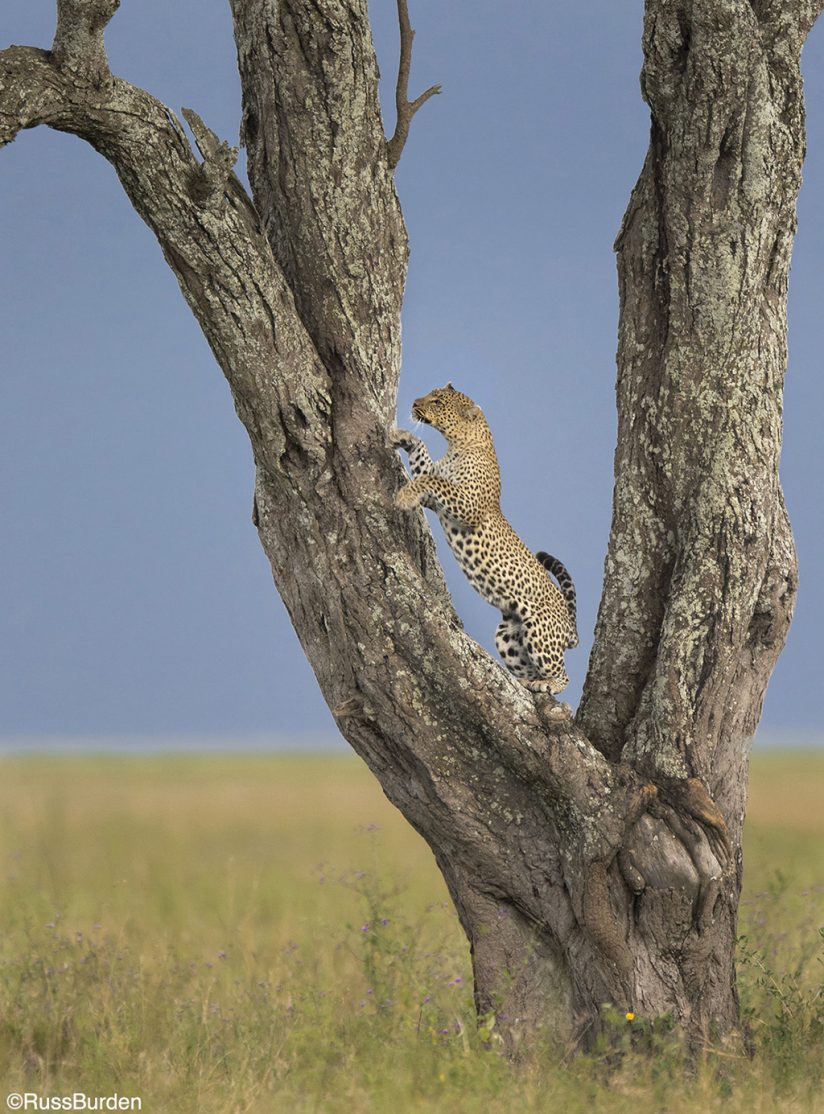
Preview
As stated in the section on composition, many photographers create a composition as they raise the camera to their eye. This is known as previsualization. When things aren’t happening quickly, I have my students create the image in their mind before they raise the camera to their eye. When you’re presented with a plethora of material across a huge, wide-open scene, you have to whittle it down into a 2×3 format. Verbally, I have the students describe to me what they’ll include and then have them make the photo. After doing so, we critique the composition. It’s a powerful learning tool and I encourage you to adopt the technique. Get compelled and preview the image.
Exposure
Today’s sensors have come a long way. Top-of-the-line versions can hold 12 to 15 stops of contrast. Compare that to slide film, which only allowed 5 to 6 stops. The dynamic range today is nothing short of amazing. This being said, if you overexpose the highlights, there’s no recovering them unless you use the clone stamp. If you underexpose the shadows and try to restore them, they take on a lot of noise. Noise can be reduced in post-processing, but don’t use that as a crutch. Get it right in camera and the file’s potential will be greater. Use your histogram to evaluate the exposure—not the way it looks on the LCD! Get compelled and use the histogram.
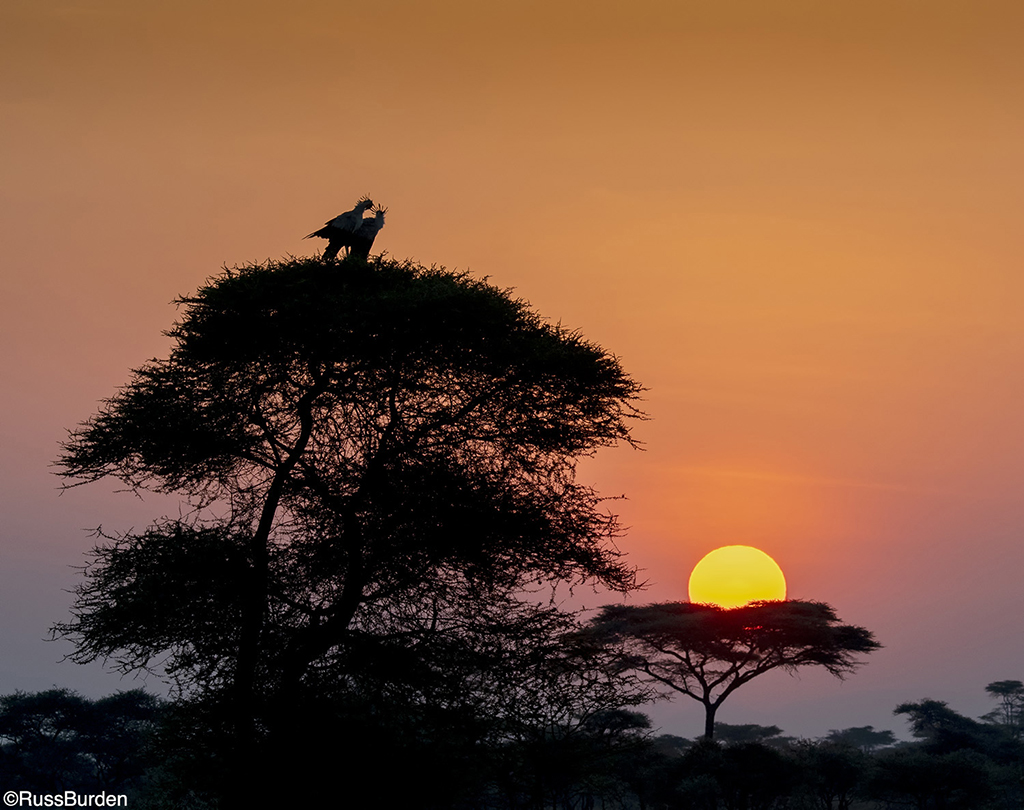
Light
Frequent readers of my Tips of the Week know my favorite line and my company motto: “It’s All About The Light.” The word “photography” states it: Photo = Light and Graphy = to Write. When you make a photo, you write with light. The more dramatic or compelling the light, the better the potential to create a killer image. Storm light is one of my favorites. Work the edges of a storm to add total impact to your pics. Rainbows, ominous clouds, dramatic layers of clouds and more can be incorporated into the composition. Get compelled with light.
Visit www.russburdenphotography.com for information about his nature photo safaris to Tanzania.
The post Let The Subject Compel You appeared first on Outdoor Photographer.

